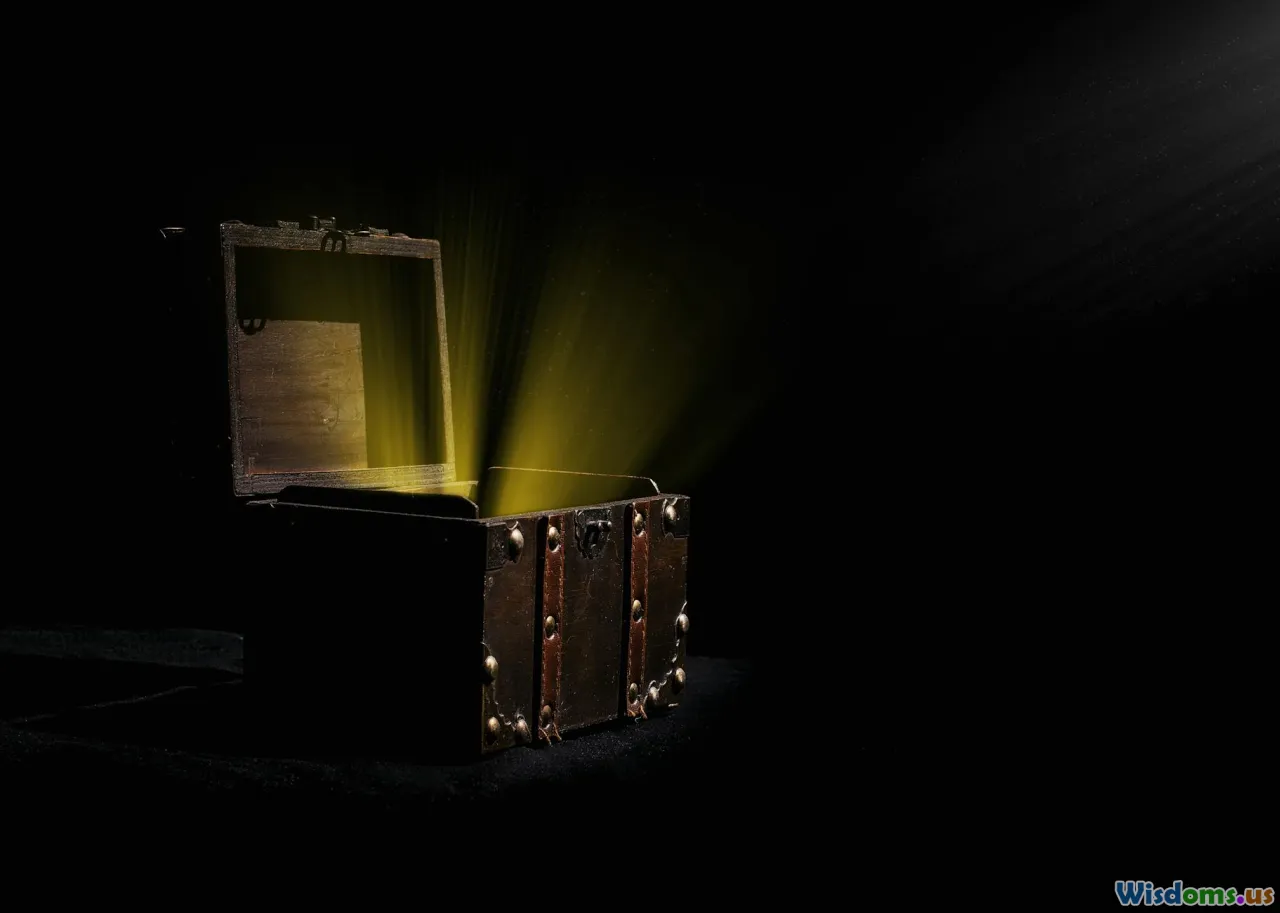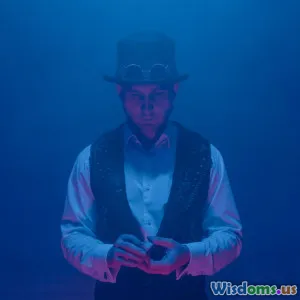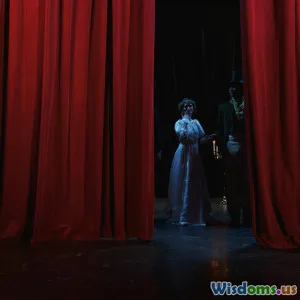
How Technology Transforms Stage Magic
8 min read Explore how cutting-edge technology revolutionizes stage magic, blending tradition with innovation to enthrall audiences worldwide. (0 Reviews)
How Technology Transforms Stage Magic
The art of magic has always been a fascinating fusion of illusion, psychology, and theatrical flair. From the ancient conjurers who wowed audiences with sleight of hand to the grand illusionists captivating crowds on Broadway, stage magic thrives on mystery and surprise. Today, emerging technologies are pushing the boundaries of what’s possible on stage, transforming traditional tricks into immersive, spellbinding experiences — and redefining how both performers and audiences engage with this timeless craft.
The Dawn of Digital Enchantment: Technology's Role in Evolution
For centuries, stage magic relied primarily on manual dexterity, mechanical contraptions, and misdirection. However, the integration of modern technology is changing the landscape swiftly. These innovations are not merely tools for flashy visual effects; rather, they are becoming intrinsic elements of the magician's toolkit, enhancing, augmenting, or even completely reinventing illusions.
Projection Mapping and Holography: Creating Visual Wonders
One of the most spectacular advancements in stage magic is the use of projection mapping and holography.
Projection mapping allows magicians to turn ordinary surfaces — walls, floors, even smoke or water — into dynamic canvases displaying precise, intricately choreographed images and animations. For example, magician Marco Tempest has famously blended augmented reality with live magic, projecting animations that interact with his moves in real-time. This fusion crafts an otherworldly visual narrative that deepens the magical illusion.
Holography takes this a leap further by generating three-dimensional images projected into the air, accessible from multiple angles, creating ghostly apparitions or levitating objects in full view without visible supports. Not only do these illusions captivate audiences, but they augment the storytelling capacity of magicians. Holograms enable complex narratives like spirits communicating or objects dematerializing and rematerializing with inexplicable finesse.
Robotics and Mechanical Precision: Beyond Human Limits
Robotics technology has begun paralleling stage magic, enabling the automation of elements that were once reliant on human inconsistency or bulky machinery.
Magicians incorporate programmable robotic devices to precisely time movements, manipulate props invisibly, or perform dangerous mirror-like maneuvers that surpass natural human capabilities. A memorable example is Alexx Alexxander’s shows, where sophisticated robots assist in intricate juggling and manipulation of objects, synchronizing perfectly with lighting and sound effects. This coordination enhances pacing and ensures flawless execution adored by critical audiences.
Moreover, robotic stage assistants have expanded performance possibilities. These assistants can be disguised within props or costumes, enabling seemingly impossible teleportation or transformation effects with exceptional accuracy.
Artificial Intelligence: The New Mind Behind the Magic
Artificial Intelligence (AI) is a groundbreaking tool, especially for creating adaptive magic experiences. While traditional magic relies heavily on scripted routines and practice, AI introduces responsiveness.
Modern AI systems analyze audience reactions—via facial recognition or biometric feedback—in real-time to tailor the performance spontaneously. This can amplify surprise by modifying pacing or adjusting illusions according to crowd engagement. Imagine a magic show where tricks evolve depending on the mood or curiosity of the viewers, making each performance uniquely personal.
Furthermore, AI can generate innovative illusions and assist in designing illusions that nobody has conceived before. Programs employing deep learning analyze vast repertoires of classic magic maneuvers and synthesize new combinations, pushing creativity to unprecedented levels.
Wearable Technology and Invisible Tech: The Hidden Threads
Invisible or discreet technology has long been a hallmark of magic but has been revolutionized by modern miniaturization and connectivity.
Wearable devices equipped with micro-cameras, earpieces, and sensors supply magicians with covert ways to gain information or communicate with assistants. A magician can, for example, discreetly receive prompts or control lighting and sound effects without breaking the flow or drawing attention.
In addition, advancements in materials science have enabled the creation of costumes and props with embedded LEDs or sensors that can change appearance, glow, or react to touch dynamically. This innovation broadens the scope for visual storytelling — a sudden change of costume color seemingly by magical command becomes feasible with concealed technology.
Real-World Impact: How These Technologies Elevate Audience Experience
The integration of technology allows magicians to stage larger-than-life spectacles impossible only a decade ago. Shows like "The Illusionists" tour leverage multimedia effects extensively, combining precision robotics, intelligent lights, and interactive elements.
Advanced technology also expands accessibility. Virtual reality (VR) magic performances provide immersive experiences where viewers at home partake directly in illusions, a previously unimaginable scenario. Magicians are beginning to explore streaming shows enriched with augmented reality (AR) elements projected onto viewers' devices, facilitating interactive participation.
By harnessing technology, magicians challenge the audience’s perception of reality itself—enticing critical thinking and emotional engagement simultaneously. It’s not just 'What just happened?' but 'How could it happen?' that fuels fascination.
Challenges and Ethical Considerations
However, the marriage of technology and magic is not without challenges. Purists argue that reliance on machines dims the essence of traditional conjuring skill. Technical glitches during a live show can shatter the immersion faster than a misdirected coin.
Furthermore, ethical questions arise with the use of biometric data to adjust performances or invasive technologies that could impinge on privacy. Transparency and responsible use must guide magicians adopting these innovations.
Conclusion: The Magic of Tomorrow is Here
Technology is transforming stage magic from mere illusion to an interactive art form that challenges boundaries between performer and audience, reality and fantasy. Through projection mapping, robotics, AI, and invisible tech, magicians have an expanded, powerful arsenal to astonish and captivate like never before.
As magic continues to evolve hand-in-hand with technology, we can anticipate both breathtaking spectacles and profound reinventions of the craft. This dynamic interplay not only fuels creativity but also redefines wonder itself — a reminder that the greatest magic may lie in the union of age-old artistry and cutting-edge innovation.
“Technology is the wand of the new magician.” — A. Techmane
Rate the Post
User Reviews
Popular Posts



















